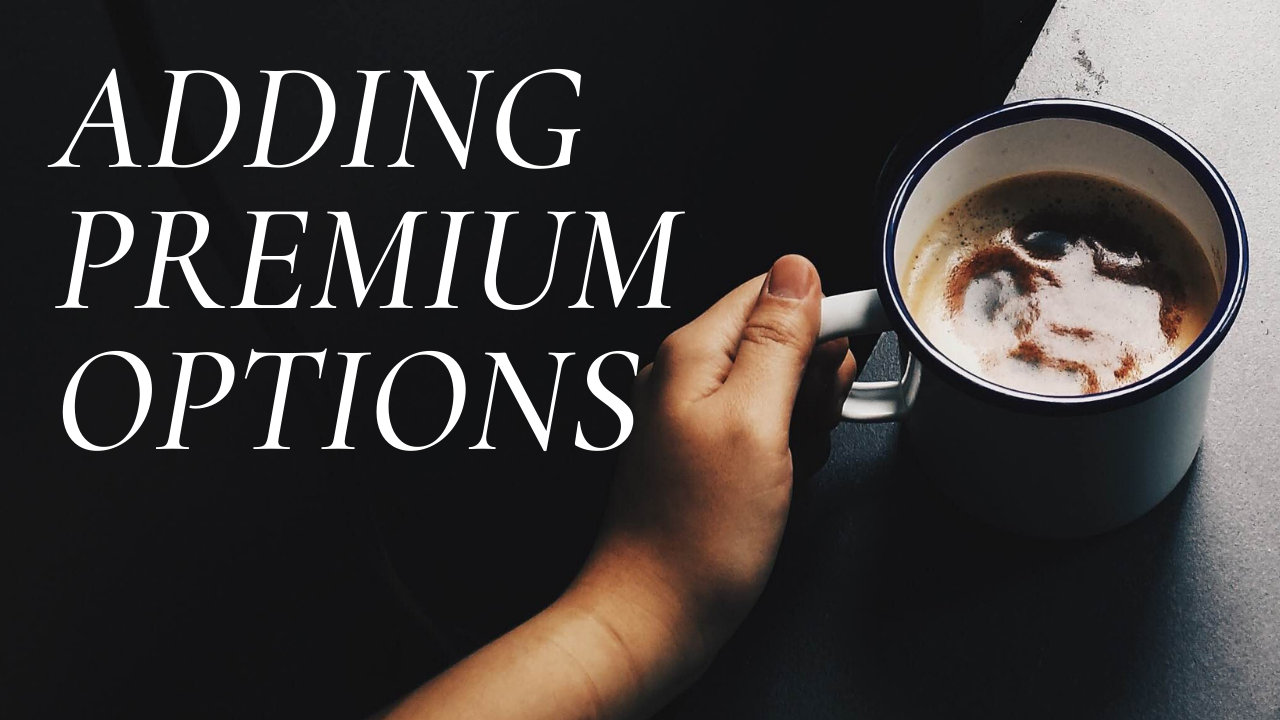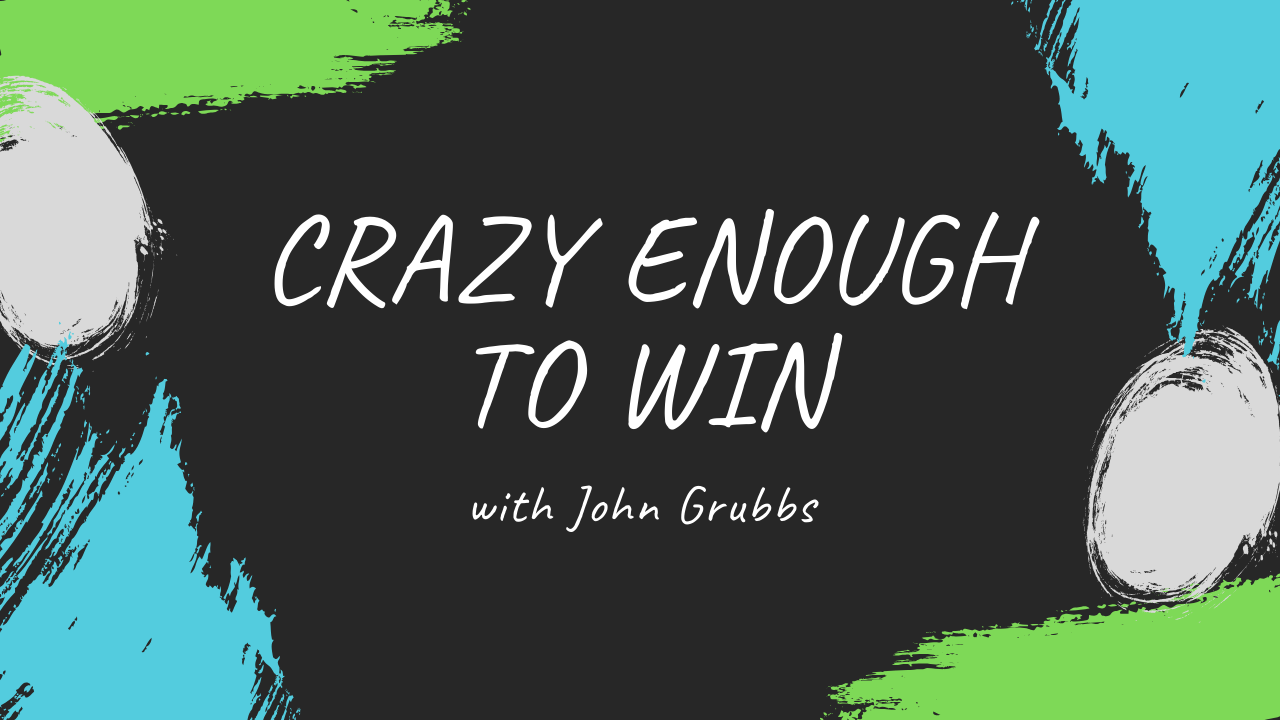|
Helping Companies Rethink, Recover & Refocus on the Future
Call John Grubbs (903) 295-7400
Organizations and customers are rarely on the same page regarding value (utility) and cost. There are often vastly different perceptions on both sides of any purchase. Sellers tend to equate the size of the customer's wallet with their own. Buyers, on the other hand, buy for reasons other than price more often than sellers realize. For example, buyers often opt for convenience over price. Finally, the difference (delta) in price between two competing options is highly subjective in any non-commodity market.
Pricing is often a function of cost to acquire plus a reasonable margin at best. At worst, it is a subjective guess based on poor market feedback. The psychology of buying is interesting. Perceived value can merely be a function of marketing or packaging strategy. Wholesome, fresh foods sound better than plain foods. A price one person is not willing to pay is not an issue for someone else. It is so complicated.
The best strategy to maximize your opportunity amidst so much subjectivity is adding more options for the buyer. However, too many choices can increase mental friction for the buyer and make it counterproductive. I recommend three alternatives to ease the cognitive load. Today, we are going to focus on one of the three options. I call this option the premium option.
Far too few businesses are exploiting this opportunity with customers. They sell a standard product at a stock price that is either negotiated or not. This strategy is a big mistake or a missed opportunity depending on how you look at it. After working with many sales professionals, I have discovered sales professionals give up far more value than necessary only because it is easier to do so.
Most companies do not test for customer pricing thresholds (what the customer is willing to pay), nor do they attempt to determine the JND (just noticeable difference) for customers to notice. JND is variability in pricing or value that the customer will see. Unless someone buys the same lunch at a fast-food chain regularly, they are unlikely to notice a small price change. It is not a JND. Similarly, food providers can shrink the amount of food while maintaining the same price with creative packaging.
The most effective method for maximizing this variability to your benefit is to have a premium option and test your customer's pricing tolerance. No two customers are the same (homogenous), yet we sell to markets as if they were precisely the same. Your wife sends you to the store for a feminine product. If you are like most men, you have very little depth of knowledge with these products. You have three choices; a bargain brand, a traditional brand, and a premium brand. The less product knowledge you have, the more likely you are to buy a premium brand because you lack intimate knowledge about the value of the products. In other words, if she didn't specify, you do not want to take a chance or get this wrong. The premium price difference is worth your convenience and her satisfaction.
To exploit market potential and test pricing thresholds, I believe most (if not all) businesses should have a premium option. The difference between standard and premium options can be literal and subjective, depending on your comfort level. Pulp or no pulp in orange juice is literal. Cleaner versus extra powerful cleaner is more personal. We already experience this strategy in consumer products; however, whether this strategy is fungible means it works with all products or services. I believe it does for anything that is not truly a commodity in the mind of most consumers.
When added to your current options, premium options are merely another option for the buyer. Discerning buyers will put in the work to examine the buying proposition and decide; however, I believe most buyers will not consume the mental calories to make a more informed decision. It is too much work, and the price difference is not worth the mental effort.
Again, the food and beverage segment is good at this strategy. The same product in different containers or the same products in the precut form is a premium option. How can you apply the same approach to your business? How can you add a premium option to enhance...

